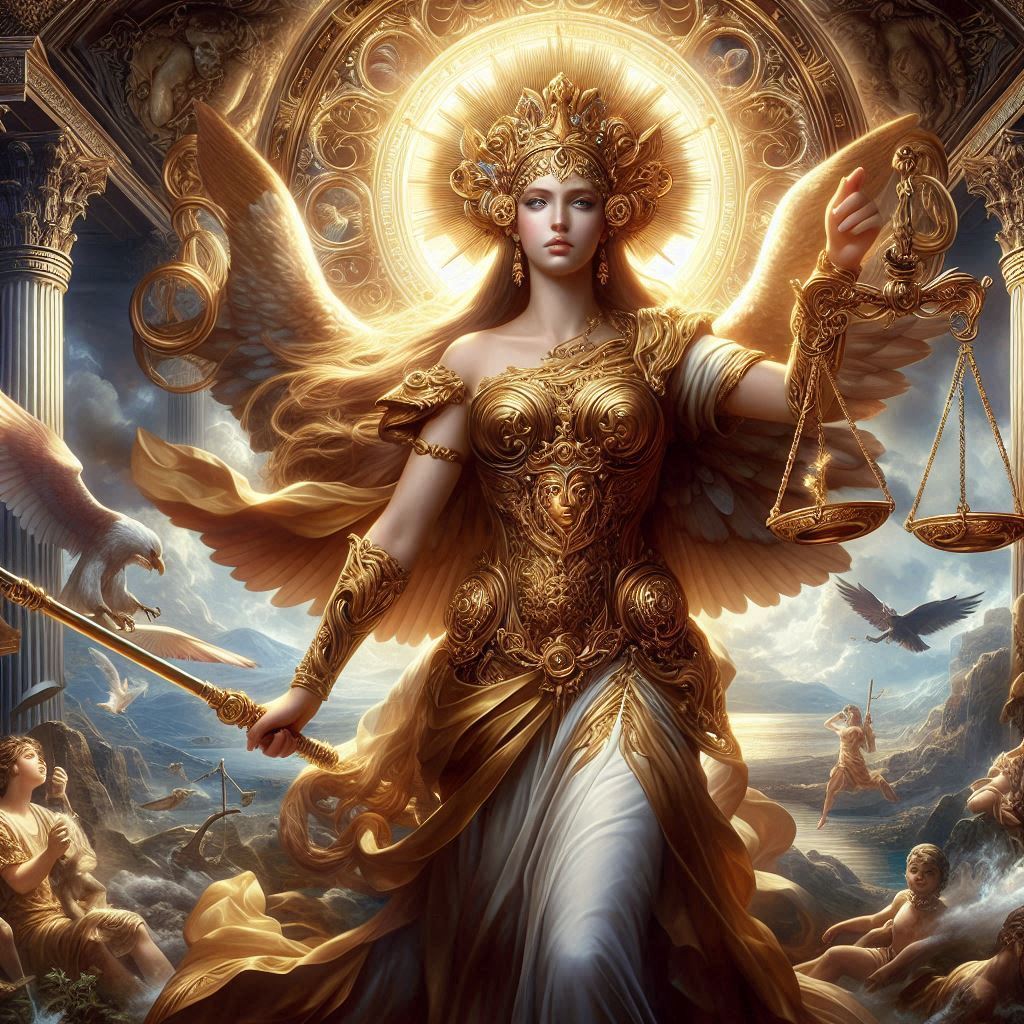Table of Contents
The Essence of Gothic Literature: Shadows of the Sublime and the Terrifying
Gothic literature, emerging in the late 18th century, is a distinctive genre that combines the macabre, mysterious, and supernatural with intense emotions and dramatic settings. Rooted in Romanticism but diverging through its fascination with the darker aspects of the human psyche and the supernatural, Gothic literature has left an indelible mark on the literary world. Its exploration of fear, power, and transgression continues to captivate audiences, providing a lens through which the anxieties and desires of society are laid bare.

Origins and Historical Context
The Gothic tradition originated in 1764 with Horace Walpole’s novel The Castle of Otranto, often considered the first Gothic novel. Walpole’s work introduced key elements that define the genre: ancient castles, labyrinthine passageways, supernatural occurrences, and an atmosphere of suspense. Set against the backdrop of a medieval past, the Gothic genre responded to the Enlightenment’s emphasis on reason and order by reintroducing the mysterious and irrational.
The 18th and 19th centuries were periods of significant societal and cultural transformation. The Industrial Revolution, shifting religious paradigms, and emerging psychological theories created a fertile ground for Gothic literature, which often reflected fears of modernity, the unknown, and the uncontrollable aspects of human nature.
Defining Characteristics
Gothic literature is characterized by its ability to evoke a sense of the sublime—a mixture of awe and terror—through the use of dark, foreboding settings and psychological complexity. The genre is marked by several recurring motifs:
- Setting: Gothic narratives often take place in decayed, grandiose structures such as castles, monasteries, or mansions. These settings symbolize both physical and psychological decay, acting as metaphors for the human condition or societal collapse.
- Supernatural Elements: Ghosts, vampires, witches, and inexplicable phenomena populate Gothic works, reflecting humanity’s fascination with the unknown and the afterlife.
- Emotional Intensity: Characters in Gothic literature are often overwhelmed by emotions such as fear, despair, love, or obsession. These exaggerated emotional states mirror the genre’s preoccupation with exploring the extremes of human experience.
- The Villain-Hero: The Gothic antagonist often possesses a complex duality—charismatic yet malevolent, a figure of power and moral ambiguity.
- Themes of Transgression: Gothic literature frequently explores societal and moral boundaries, delving into taboo subjects, forbidden desires, and the consequences of overreaching ambition.
Key Works and Authors
The Gothic tradition includes a wide array of influential works and authors:
- Mary Shelley’s Frankenstein (1818): This seminal work of Gothic fiction combines science fiction and horror to explore themes of creation, ambition, and the monstrous consequences of human hubris.
- Emily Brontë’s Wuthering Heights (1847): A Gothic romance set on the Yorkshire moors, this novel delves into the destructive passions and haunting legacy of its characters.
- Bram Stoker’s Dracula (1897): Stoker’s portrayal of the vampire Count Dracula immortalized the Gothic vampire trope, reflecting Victorian anxieties about sexuality, disease, and immigration.
- Edgar Allan Poe: An American master of Gothic literature, Poe’s short stories and poems, such as The Tell-Tale Heart and The Raven, explore madness, death, and psychological torment.
Psychological and Social Undertones
At its core, Gothic literature is a mirror of its cultural context, reflecting societal anxieties and individual fears. The genre often probes psychological depths, exploring themes such as the unconscious mind, repression, and identity. Freud’s concept of the uncanny—something familiar rendered strange—aptly describes the effect of Gothic narratives, where the supernatural often intertwines with the everyday to disturb and unsettle.
Gothic literature also critiques power structures and moral hypocrisy. For instance, the crumbling castles of Gothic settings often represent the decay of aristocratic authority, while characters like Victor Frankenstein serve as cautionary tales about the dangers of unchecked ambition and hubris.
Legacy and Modern Influence
While its heyday may have been in the 18th and 19th centuries, Gothic literature has continued to evolve and influence modern genres, including horror, science fiction, and psychological thrillers. Modern reinterpretations of Gothic themes can be found in works such as The Haunting of Hill House by Shirley Jackson, Beloved by Toni Morrison, and the films of directors like Guillermo del Toro.
The Gothic aesthetic has also permeated popular culture, inspiring everything from fashion to music and contemporary storytelling. Its enduring appeal lies in its ability to confront universal fears and existential questions, transcending cultural and temporal boundaries.
Conclusion
Gothic literature remains a powerful and evocative genre that explores the interplay between light and shadow, reason and madness, and the human and the supernatural. Its rich symbolism, atmospheric storytelling, and deep psychological insights ensure its relevance across generations. By delving into the fears and desires that define the human condition, Gothic literature continues to captivate and inspire, casting its long shadow over the literary landscape.


No responses yet